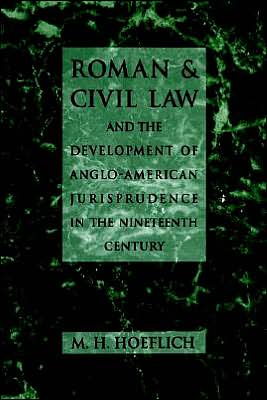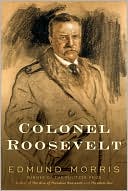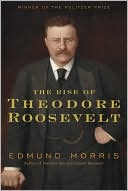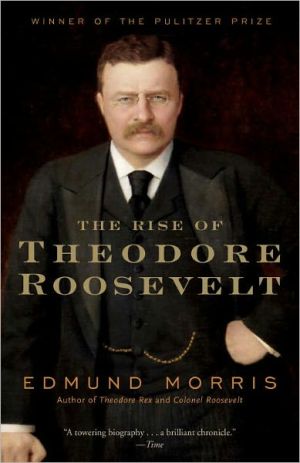Roman And Civil Law And The Development Of Anglo-American Jurisprudence In The Nineteenth Century
Seeking to fill a gap in our knowledge of the legal history of the nineteenth century, this volume studies the influence of Roman and civil law upon the development of common law jurisdictions in the United States and in Great Britain. M. H. Hoeflich examines the writings of a variety of prominent Anglo-American legal theorists to show how Roman and civil law helped common law thinkers develop their own theories.\ Intellectual leaders in law in the United States and Great Britain used Roman...
Search in google:
Seeking to fill a gap in our knowledge of the legal history of the nineteenth century, this volume studies the influence of Roman and civil law upon the development of common law jurisdictions in the United States and in Great Britain. M. H. Hoeflich examines the writings of a variety of prominent Anglo-American legal theorists to show how Roman and civil law helped common law thinkers develop their own theories.Intellectual leaders in law in the United States and Great Britain used Roman and civil law in different ways at different times. The views of these lawyers were greatly respected even by nonlawyers, and most of them wrote to influence a wider public. By filling in the gaps in the history of jurisprudence, this volume also provides greater understanding of the development of Anglo-American culture and society.
PrefaceOrigins11Roman and Civil Law in the Anglo-American World Before 1850: John Austin and Joseph Story92Roman and Civil Law in the Anglo-American World Before 1850: Lieber, Legare, and Walker, Roman Lawyers in the Old South503Roman Law, Comparative Law, and the Historical School of Jurisprudence in England and America After 1850: Maine, Cushing, Hammond, and Pomeroy744The Domestication of Roman Law in the Anglo-American World After 1850: The Last Generation of the Nineteenth Century and the First of the Twentieth Century103Conclusion131Notes145Select Bibliography181Index199\\








